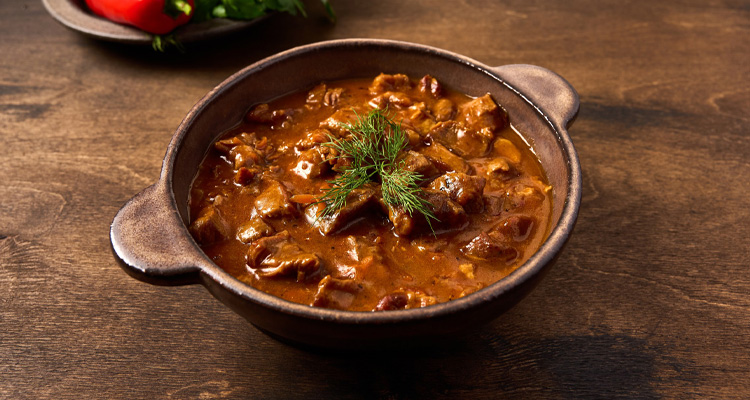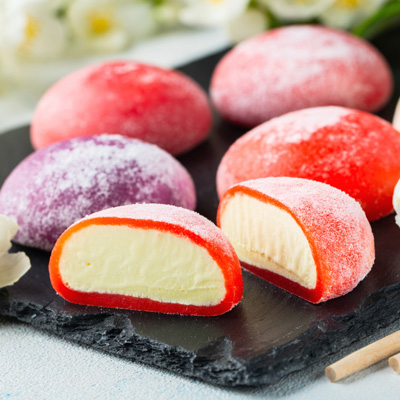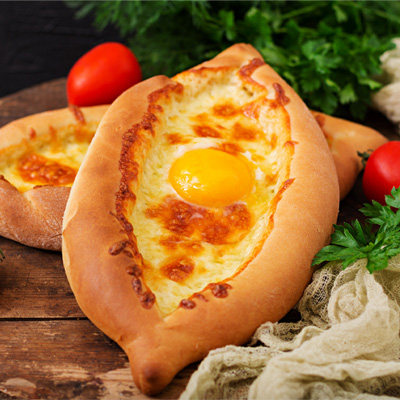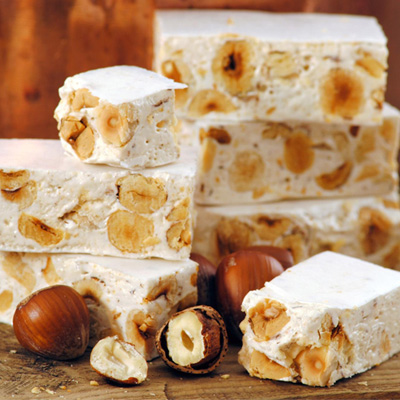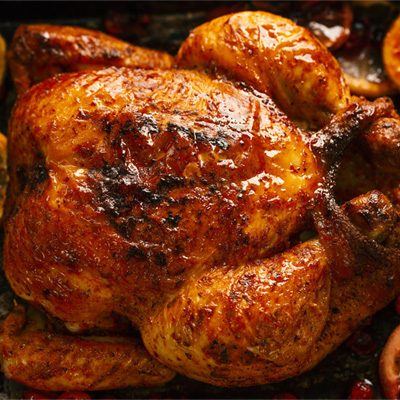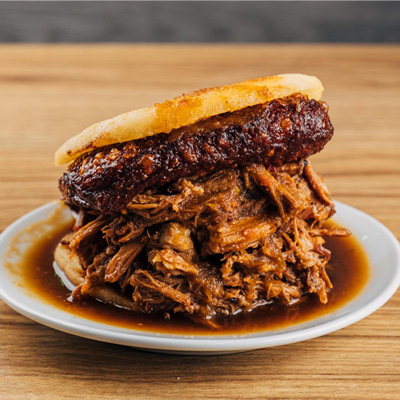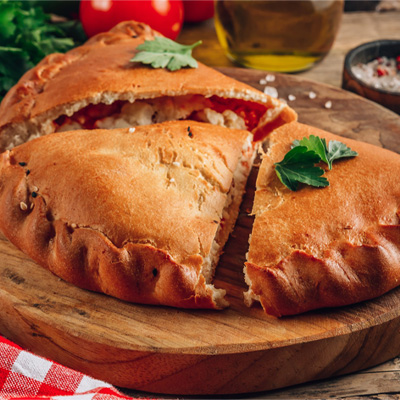Embark on a gastronomic journey through Hungary's rich culinary landscape as we unravel the secrets of Hungarian Goulash. More than just a dish, Hungarian Goulash is a celebration of tradition, flavor, and community. Join us as we delve into the history, ingredients, and cultural significance of this iconic Hungarian dish.
Nutrition Facts
- Kcal
420 - Fat
14 g - Choles
95 mg - Sodium
1513 mg - Carbs
49 g - Fiber
5 g - Sugar
6 g - Protein
24 g
Note: The nutrition facts are approximate values and may vary based on the specific ingredients used and any additional toppings or syrups added.
Ingredients
- 2 pounds beef chuck, cut into 1-inch cubes
- 2 tablespoons vegetable oil
- 2 large onions, chopped
- 3 cloves garlic, minced
- 2 tablespoons Hungarian sweet paprika
- 1 teaspoon caraway seeds
- 1 teaspoon salt
- 1/2 teaspoon black pepper
- 4 cups beef broth
- 2 large potatoes, peeled and diced
- 2 large carrots, peeled and sliced
- 1 red bell pepper, chopped
- 1 green bell pepper, chopped
- 1 cup tomato sauce
- 2 tablespoons tomato paste
- 2 bay leaves
- 1/2 cup sour cream (for garnish)
- Chopped fresh parsley (for garnish)
Directions
- Brown the Beef: In a large pot, heat the vegetable oil over medium-high heat. Add the beef cubes and brown them on all sides. Remove the beef from the pot and set it aside.
- Sauté Onions and Garlic: In the same pot, add the chopped onions and garlic. Cook until the onions are translucent and fragrant.
- Add Paprika and Spices: Stir in the Hungarian sweet paprika, caraway seeds, salt, and black pepper. Cook for a couple of minutes to release the flavors.
- Cook the Vegetables: Add the diced potatoes, sliced carrots, chopped red bell pepper, and chopped green bell pepper to the pot. Cook for 5-7 minutes, stirring occasionally.
- Combine Beef and Broth: Return the browned beef to the pot. Pour in the beef broth, tomato sauce, and add the tomato paste. Stir well to combine.
- Simmer: Add the bay leaves and bring the mixture to a boil. Reduce the heat to low, cover the pot, and let it simmer for 1.5 to 2 hours, or until the beef is tender and the flavors are well developed. Stir occasionally and add more broth or water if needed.
- Serve: Discard the bay leaves. Ladle the Hungarian goulash into bowls. Garnish each serving with a dollop of sour cream and a sprinkle of chopped fresh parsley.
The Origins of Hungarian Goulash
A Taste of Hungarian Heritage
Hungarian Goulash, or "gulyás" as it is known in Hungary, boasts a heritage dating back to the 9th century Magyar shepherds. Originally prepared as a portable, hearty meal for Hungarian herdsmen, goulash has evolved into a culinary masterpiece, showcasing the country's finest ingredients and cooking techniques.
Goulash: More Than Just a Stew
In Hungary, goulash is more than just a stew; it's a symbol of national pride. Its preparation involves slow-cooking tender chunks of beef, onions, paprika, and an array of spices until they meld into a harmonious blend of flavors. The result is a soul-warming dish that has become a beloved staple in Hungarian households.
Ingredients: The Essence of Hungarian Goulash
Beef: The Heart of the Dish
Central to Hungarian Goulash is high-quality beef, typically from the shoulder or chuck. The marbling in these cuts ensures a rich, flavorful broth as the goulash simmers to perfection.
Paprika: The Soulful Spice
Paprika, the soul of Hungarian goulash, imparts a vibrant red hue and a subtle heat. The use of Hungarian paprika varieties, such as sweet or smoked paprika, elevates the dish's aroma and taste, giving it that distinctive Hungarian character.
A Symphony of Vegetables
Goulash is incomplete without a medley of vegetables like potatoes, carrots, and bell peppers. These ingredients add texture, color, and nutritional value, transforming the stew into a wholesome, balanced meal.
Cooking Hungarian Goulash: A Time-Honored Ritual
Slow Simmering: The Key to Perfection
The secret to an exceptional Hungarian goulash lies in the slow simmering process. Allowing the flavors to meld and intensify over low heat results in a tender, succulent dish that captures the essence of each ingredient.
Goulash Variations: A Diverse Palette
While the classic goulash recipe is a timeless favorite, regional variations abound. Some recipes include tomatoes, while others incorporate sauerkraut or even beans. Each variation adds a unique twist, showcasing the creativity and diversity within Hungarian cuisine.
FAQs
Is Hungarian Goulash Spicy?
Hungarian goulash is seasoned with paprika, which gives it a mild, smoky flavor rather than intense spiciness. Adjusting the spice level can be done by choosing sweet or hot paprika, depending on personal preference.
Can Hungarian Goulash Be Made Vegetarian?
Yes, Hungarian goulash can be made vegetarian by substituting beef with hearty vegetables like mushrooms and using vegetable broth. The paprika and spices provide the signature flavor even in the absence of meat.
What Is the Best Side Dish for Hungarian Goulash?
Traditionally, Hungarian goulash is served with a side of crusty bread or egg noodles, allowing diners to soak up the flavorful broth. Pickles or fresh green salads also complement the richness of the stew.
Can Hungarian Goulash Be Frozen?
Yes, Hungarian goulash freezes well. Store it in airtight containers or freezer bags for up to three months. Reheat gently on the stovetop, adding a splash of water or broth to maintain its consistency.
Is Goulash Served on Special Occasions in Hungary?
While goulash is a popular everyday dish in Hungary, it is also enjoyed during celebrations and gatherings, especially in rural areas where it holds cultural significance.
Is Hungarian Goulash Gluten-Free?
Yes, traditional Hungarian goulash is gluten-free. However, when serving it with side dishes, ensure they are gluten-free if dietary restrictions apply.
Conclusion
As we conclude our culinary exploration of Hungarian Goulash, we invite you to savor the warmth and richness of this iconic Hungarian dish. Whether you're enjoying it in the heart of Budapest or preparing it in your own kitchen, Hungarian goulash offers a taste of tradition, history, and the artistry of Hungarian cuisine. Gather your ingredients, embrace the slow-cooking process, and delight in a bowl of this soul-soothing stew. Jó étvágyat! (Enjoy your meal!)
